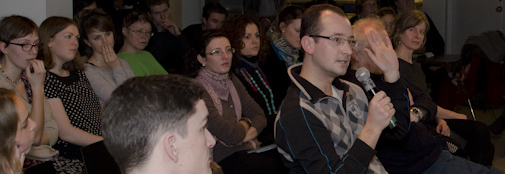
Towards a New History of European Public Law
– Battles over the constitutional practice, 1950 to 1993
In contemporary Europe, the Court of Justice of the European Union (ECJ) functions as a uniquely authoritative international court. Its key doctrines – direct effect and supremacy - ensure a relatively effective enforcement of European legislation compared to standard international organisations. Likewise, the system of preliminary references sent from national courts to the ECJ has given voice to private litigants across Europe to pursue the rights given them by the European treaties and legislation. In fact, the ECJ has today become so central in the EU that sympathetic academic observers claim that it has become a European Supreme Court of sorts and that it has built a constitutional, proto-federal legal order. How did this happen? How could a set of international treaties, the Treaties of Rome (1957) - albeit of a somewhat unusual nature, lead to the establishment of a ‘constitutional practice’? What effects the ‘constitutional practice’ have on the nature of the European legal order in terms of enforcement and efficiency? And to what extent did national governments and legal elites of the member states accept this development?
These are the key questions explored by this collective project. Whereas legal and social science research has studied the ECJ and the development of European law for decades, the historiography of European integration has until recently ignored the role of law in the European construction. This collective research project will make a contribution towards establishing the history of European law as a new field of historical inquiry on basis of a systematic use of never before utilised documentary evidence from private, state and European archives.
